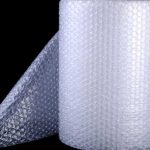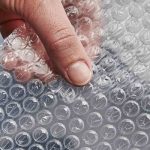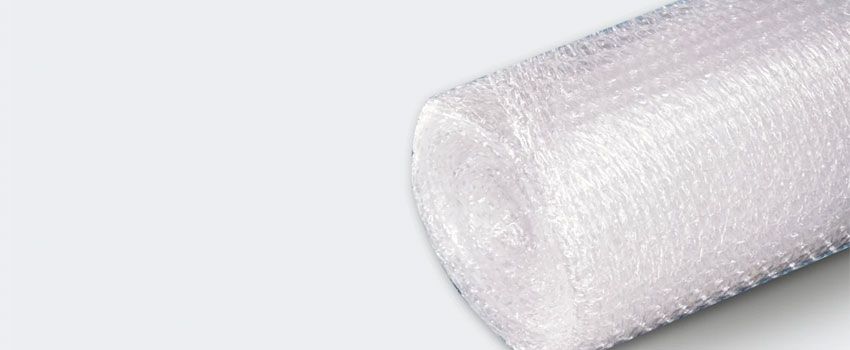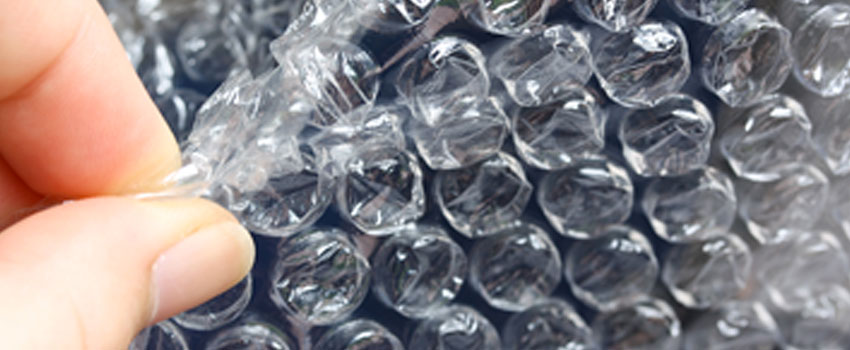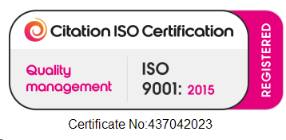Bubble – Packaging and shipping are integral parts of eCommerce. As people buy stuff online, they are very much concerned and sceptical about the quality of the product they intend to get. If it doesn’t reach the end consumer in a good state, it is more likely that the product will be returned and you will have to bear the loss. Moreover, as we live in the age of technology and social media, single negative feedback would spoil the reputation of your brand drastically, which in turn will reflect on your business and leave you at a significant loss!
To prevent all this from happening, you have to use suitable packaging materials. These packaging materials will give the first impression of the brand. And as many people are used to clicking a picture or recording an unboxing video of their favourite products and posting them online; if your packaging is done right, it will give your brand more popularity. But at times these materials may not be cost-effective and may take a toll on your business.
So is there any solution? Happily, yes! Bubble wraps, although being affordable and economical, they provide exceptional protection to the products and safeguards the items during transportation and storage in warehouses.
What Is Bubble Wrap?
Bubble wrap is a flexible sheet of plastic paper which bubbles of air evenly spaced in its surface. It can also be called as a cushioning wrap as it is used to give a cushioning effect to fragile items that are being packed and shipped. It would avoid scratching, breaking or any other damage to the product.
History Of Bubble Wrap
In 1957 US engineer Alfred Fielding and Swiss chemist Mark Chavannes wanted to produce a unique type of wall decorations, which should be easy to clean. So then they put two pieces of plastic shower curtain to a heat sealing machine, and it resulted in a plastic sheet with air bubbles trapped inside it. But this textured plastic sheet didn’t sell much, and most of the people didn’t like this as a wall decoration. Therefore, the idea to sell it as a wallpaper failed. Then they started thinking of using it for other applications, and they both started a company named ‘Sealed Air Corporation’ with the brand name as Bubble Wrap, and it is a trademark brand now. During this time, they applied for several patents on equipment and the process required to manufacture this bubble wrap. And eventually, they identified that these plastic sheets were lightweight and with good insulation properties, so they tried these plastic sheets as greenhouse insulation. But even there it didn’t work. Finally, after three years, in 1959, one of the marketing person from the company named Frederick Bowers got an idea to use this as a packaging material. But they were wondering for which product they should use it on. Simultaneously, at the same time, IBM launched 1401 variable of wall length computer. So Frederick went to IBM and pitched the idea of using bubble wrap as a packaging material for safe transportation. And IBM liked it, and the rest is history. Therefore it is appropriate to say that the bubble wraps created a great revolution in shipping and e-commerce industry.
Properties Of Bubble Wrap
- Bubble wraps are available in different sizes and forms. Standard bubble diameter would be 6 mm (0.25″) to 25 mm (1″). Height would be up to 4 mm. The available bubble sizes are 1/16″, 1/8″, 3/16″, 5/16″, 1/2″. But keep in mind that, larger the bubble, more the protection. So if you only want to add an additional layer to your product, small bubble wraps would suffice. On the other hand, if you want to add a protective layer to your product, especially fragile items, it is advisable to use big bubble wraps. They will give you greater protection than the smaller version.
- Bubble wraps are light in weight. Therefore if your product is to be air-mailed or shipped, it would reduce freight charges and packaging costs.
- It is water-resistant, which means it apart from protecting your precious products from dust and dirt; it would also safeguard it from moisture.
- These wraps are generally transparent but are also available in different colours to indicate different colours. Transparent bubble wraps are the standard ones. Green bubble wraps show that the wraps are recycled polystyrene. Whereas, pink ones mean that they are anti-static in nature.
- Anti-static Bubble Wraps: These packing materials are of industrial standard, and it helps to prevent the buildup of static electricity while also providing air-cushion protection. Hence these are ideal for packing wires and other such materials. There is a unique coating on these materials, which helps in avoiding tribocharging when rubbed against other materials. The distinctive pink colour makes it easier to identify these specialised packages.
- As it forms a protective layer, concealing the object, it prevents abrasion.
- The bubble wraps are perforated every 12 inches to easily tear it off from the roll and subsequently to enhance convenience.
- It is very affordable, and it can be used multiple times. It means using bubble wraps is very economical.
- There are different types of bubble wraps available in the market. A few of them are:- standard, cohesive, adhesive, anti-static, roll stock (lightweight, medium weight, heavyweight), flame-resistant anti-static and many more.
- They are also available in different forms such as bubble bags, bubble wraps, bubble mailers and others. So the ways to use it is very vast. And literally can be used for any product, in any dimension and shape.
- Bubble wraps are easily manageable and can be easily trimmed by hand tools and trimming machines.
- The cushion wraps are made from kraft paper or poly plastic. Hence they are very durable.
- It conforms easily around delicate and valuable items during moving, mailing ad storage.


